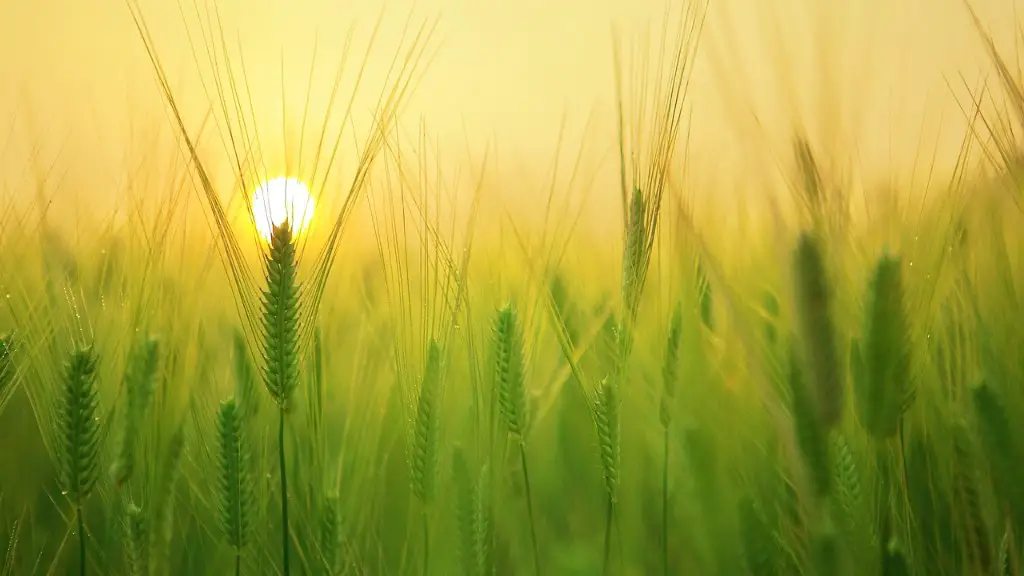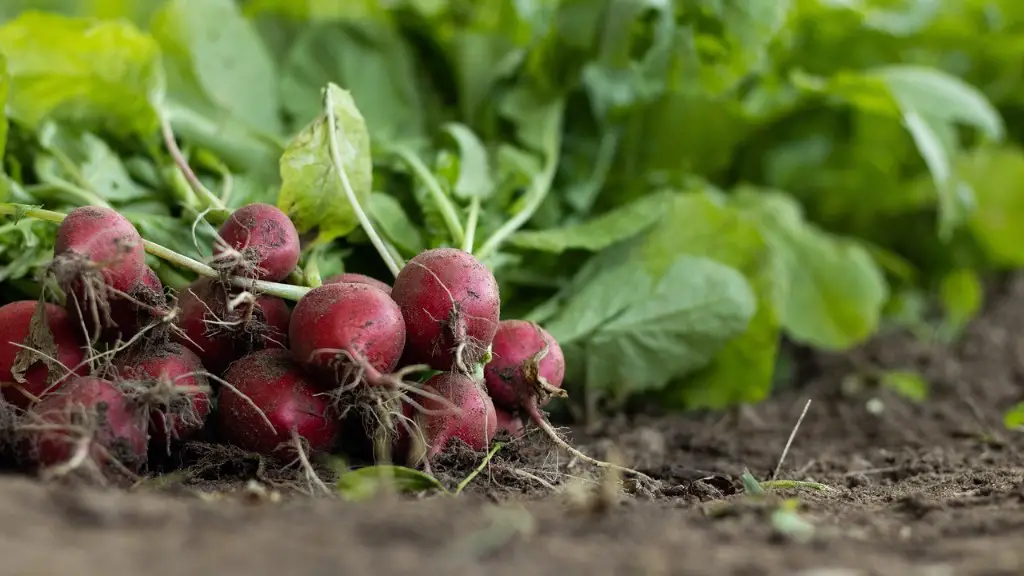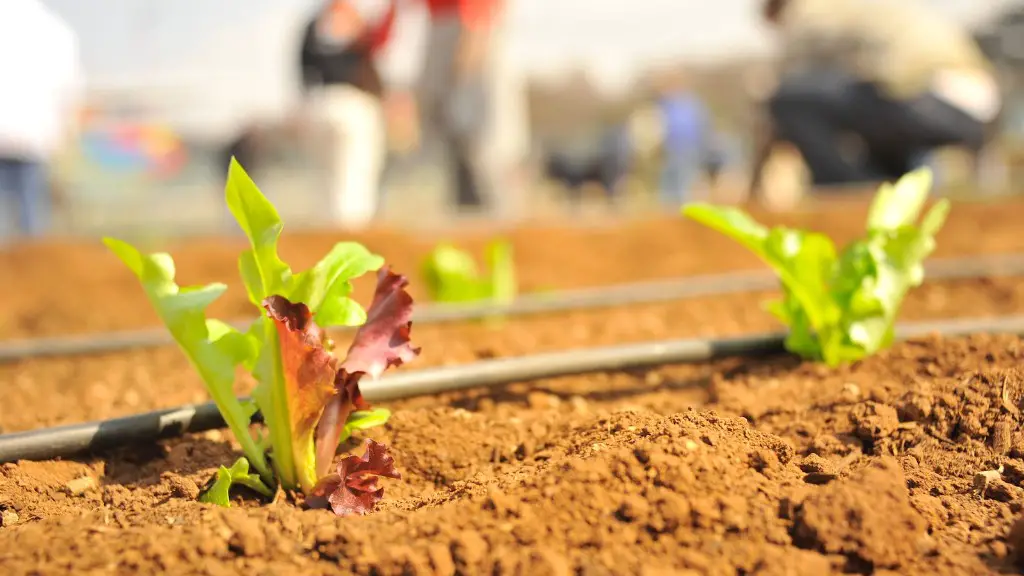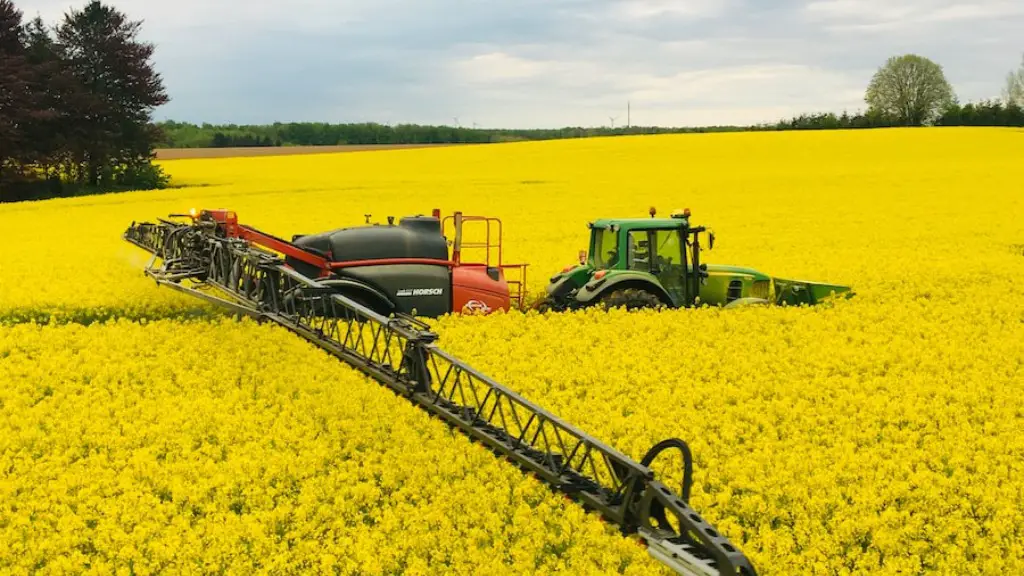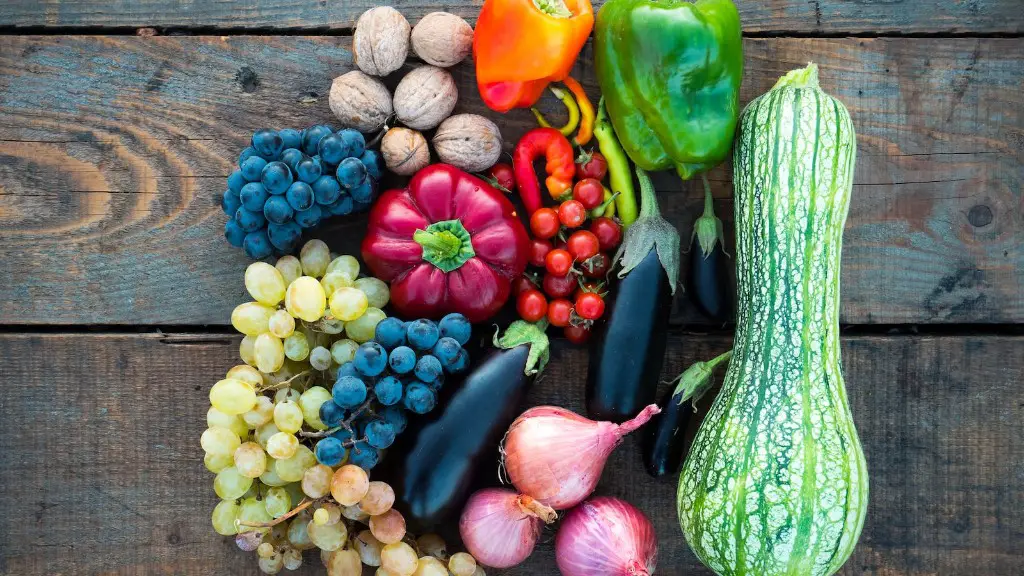The practice of forestry is an ancient one, dating back to the time when people first began to cultivate the land. Today, forestry is the science and art of managing forests, tree plantations, and other wooded lands for the many benefits they provide. These benefits include maintaining ecosystem health, providing renewable resources, and sequestering atmospheric carbon. forestry is a form of land management and is often practiced in concert with other forms of land management such as agriculture.
No, forestry is not agriculture. Agriculture is the science, art, and practice of cultivating plants and other organisms for food, fiber, and other products. Forestry is the management of trees, forests, and forest resources.
Forests and trees play an important role in sustaining agriculture by providing ecosystem services that support crop production. These services include nutrient cycling, pollination, seed dispersal, soil formation, natural pest and disease control, and climate and water regulation. By supporting these vital ecosystem services, forests and trees help to ensure the continued productivity of agricultural systems.
The Agriculture, Forestry, Fishing and Hunting sector is a critical part of the US economy, responsible for producing the food, timber, and other natural resources that we rely on. This sector comprises a diverse range of businesses, from small family farms to large commercial operations, and employs millions of Americans.
The sector is facing a number of challenges in the current economic environment, including low prices for many commodities, severe weather events, and trade disruptions. Despite these challenges, the sector remains an important part of the US economy and an essential part of our food supply.
What does forestry mean in agriculture
The forestry profession is responsible for the management and conservation of forests, trees, and associated resources. This includes developing and implementing plans to sustainably manage forests, tree populations, and associated resources. The forestry profession also works to ensure that these resources are used in a way that meets the desired goals and values of society.
Forest farming is a type of agroforestry and can be defined as the cultivation of high-value crops under the protection of a managed tree canopy. In some parts of the world, this is called multi-story cropping and when used on a small scale in the tropics it is sometimes called home gardening.
Forest farming can offer a number of benefits, including:
– increased crop yields due to the protection from the tree canopy
– improved soil fertility and water retention
– reduced pressure on natural forests
If you are interested in learning more about forest farming, there are a number of excellent resources available, including books, websites, and articles.
What is forestry vs agriculture?
Forests are an important part of the global ecosystem, providing many benefits to the environment and to humans. Forestry deals with the concept of forests, which are areas with large trees that are spread out over a large area. Agriculture, on the other hand, is all about growing edible and usable crops in small areas.
The agricultural sector is a critical part of the economy, providing food and other products for both consumers and businesses. The sector includes a variety of businesses, from food and beverage manufacturing to food and beverage stores, food services, and forestry and fishing. Agricultural businesses play a vital role in ensuring that the food supply is safe and secure, and that our natural resources are managed responsibly.
What is classified as agriculture?
An agricultural classification is a way to categorize different types of agricultural properties according to their use. Timberlands, pastures, groves, nurseries, and other types of agricultural land can all be classified as agricultural land. This classification is important because it can help determine what kind of taxes or regulations apply to the land.
Agriculture is essential to human life and has been practiced for thousands of years. It is the art and science of cultivating the soil, growing crops and raising livestock. Agriculture includes the preparation of plant and animal products for people to use and their distribution to markets.
The development of agriculture has played a key role in the advancement of human civilization. Agriculture allowed for the domestication of plants and animals, which allowed for the development of civilizations. Agriculture has also been a major driver of economic growth and has helped to feed the world’s growing population.
Today, agriculture is a global industry that employs millions of people and generates billions of dollars in annual revenue. The United States is a major producer of agricultural products, including corn, soybeans, wheat, livestock, and poultry.
What are the 11 types of agriculture
There are many different types of agricultural practices, but some of the most common include pastoral farming, arable farming, shifting agriculture, mixed farming, nomadic agriculture, sedentary agriculture, subsistence farming, and commercial agriculture. Each type of agriculture has its own unique characteristics, benefits, and challenges.
The agricultural sector employs a quarter of all Filipinos, according to recent figures. The sector is made up of four sub-sectors: farming, fisheries, livestock, and forestry.
The farming sub-sector is the largest, employing 16% of the total workforce. It is followed by the fisheries sub-sector, which employs 5%. The livestock sub-sector employs 3%, while the forestry sub-sector employs 1%.
The agricultural sector is a vital part of the Filipino economy, as it contributes to food security and rural development. It also provides raw materials for other industries, such as textiles and cosmetics.
What is the field of forestry?
The broad field of forestry aims to manage and conserve forests. It is a interdisciplinary field that incorporates the biological, quantitative, managerial, and social sciences. Specialized fields within forestry include agroforestry, urban forestry, industrial forestry, and international forestry.
A forestry degree is a great way to prepare for a career in environmental science or management. The field of forestry is varied and offers many specializations, so there is sure to be a career path that interests you. The coursework is also intellectually challenging, so you’ll be prepared for graduate school or a career in research if you choose.
What are 3 examples of careers in forestry
A forestry degree can help you secure a job in a variety of industries, including horticulture, firefighting, forestry, and environmental science. With a forestry degree, you can become a forest Ranger, a Wildland Firefighter, or a Forestry Consultant, among other things.
A forest is a natural ecosystem consisting of trees and other woody vegetation. Forests are extremely diverse, with each one unique to its location. However, some forests do share common traits based on the local climate. Here are four types of forests found around the world:
Tropical forests are found near the Earth’s equator and are characterized by high temperatures and lots of rainfall. These conditions are ideal for a wide variety of plant and animal life to thrive.
Subtropical forests are found in locations that are slightly cooler than tropical forests. These forests still experience high temperatures and significant rainfall, but not to the same extent as tropical forests.
Temperate forests are found in locations with moderate temperatures and precipitation. These conditions are not as extreme as in tropical or subtropical forests, butstill support a diverse array of plant and animal life.
Boreal forests are found in locations with long, cold winters and short, cool summers. These forests are dominanted by evergreen trees, which are well-suited to the cold climate.
What are the 12 types of agriculture?
Farms come in all shapes and sizes, and each type of farm has its own unique set of characteristics. Here are 15 different types of farms:
1. Aquaculture Farming: Aquaculture is the farming of aquatic animals or plants, usually in man-made tanks or ponds.
2. Cooperative Farming: Cooperative farms are typically owned and operated by a group of farmers who share resources, labor, and other costs.
3. Hay Farming: Hay farms are agricultural operations that focus on the production of hay, which is used as feed for livestock.
4. Organic Farming: Organic farms are those that employ methods of production that are in line with organic standards, such as use of local resources, minimal use of synthetic inputs, and ecological management.
5. Urban Farming: Urban farms are located in, or near, urban areas and often focus on producing fresh food for local consumption.
6. Nomadic Farming: Nomadic farming refers to a traditional farming lifestyle in which people move their homes and farms with the seasons.
7. Sedentary Farming: Sedentary farming is the more modern type of agriculture in which farmers remain stationary, typically on large plots of land.
8. Intensive Farming
The Big 4 are the four giant firms that dominate the agriculture industry. These companies are DowDuPont, Bayer-Monsanto, ChemChina-Syngenta, and BASF. They control the majority of the world’s seed, pesticide, and fertilizer markets, and their products are used on nearly all of the world’s crops. This concentration of power has led to higher prices and fewer choices for farmers, and has made it difficult for new companies to enter the market.
Final Words
No, forestry is not agriculture. Agriculture is the science, art, and business of producing crops for human use, while forestry is the management and conservation of forests.
There are differing opinions on whether forestry is a form of agriculture. Some people argue that forestry is a form of agriculture because it involves the cultivation and management of trees and forests. Others argue that forestry is not a form of agriculture because it does not involve the production of food crops. Ultimately, whether or not forestry is considered a form of agriculture is a matter of opinion.
